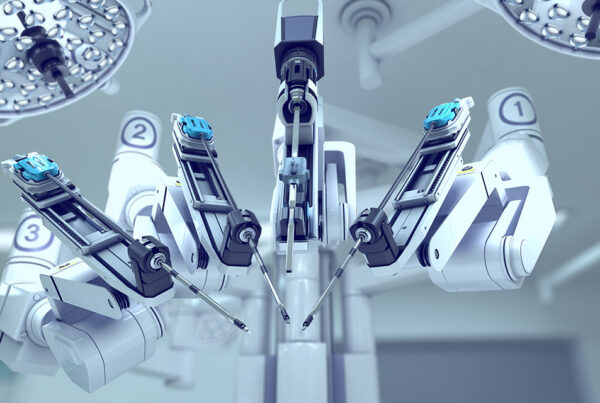From the internet to WiFi to smartphones, technology is revolutionizing virtually every aspect of our lives. And its impact on healthcare has been arguably even more significant. The rise of electronic medical records (EMRs), telemedicine and other technologies have made patients more connected to their care, and hospitals more connected to one another, than ever before. The ability to share and exchange data at the blink of an eye has certainly made health care more efficient, and that’s ultimately better for both the facilities and their patients.
Latin America Rising
Though Latin American has been a bit behind some other nations in the adoption of some of the components of this data revolution, they have made up major ground in recent years. For example, countries such as Mexico, Brazil, Peru, Chile and others now have national EMR systems. Chile boasts a rate of 73 percent adoption of EMRs in its hospitals, while Uruguayan hospitals have a 63% adoption rate for EMRs and more than half of Colombian hospitals (51%) also have added this high-tech records-keeping system.
[thrive_leads id=’7632′]Telemedicine is also growing business in Latin America. This cutting-edge tool that lets doctors in one facility, sometimes around the world, diagnose and treat patients in another facility has become a $2.5 billion business in Latin America, and the rates continue to grow.
Two other critical components of the healthcare data revolution in Latin America are PACs (picture archiving and communication systems) and RIS (radiology information systems). These two systems can help facilities streamline their electronic imaging technologies and easily share the data between healthcare teams at one facility, or even between different facilities. This is a growing market that has major room for growth in Latin America.
A Big Secret?
Despite this growth, not everyone in the healthcare history knows about these changes in Latin American hospitals. In fact, many believe that there is not much good information available about LatAm hospital facilities.
[thrive_leads id=’7635′]That was the truth as recently as 2014. But now it isn’t. Global Health Intelligence (GHI) saw that medical device and equipment manufacturers targeting Latin America had 3 problems in terms of healthcare market intelligence: no data, scarce data or unreliable data. That’s why GHI built a hospitals database from scratch—called HospiScope—that now includes hospitals in 14 countries and more than 130 data points each for nearly 90% of the hospitals in Latin America.
Turning Data into Dollars
For medical device and equipment manufacturers in Latin America, this means they no longer have to guess when it comes to strategic planning or targeting the right prospects for sales. Now the LatAm subsidiaries of these global brands can employ the same tactics as the offices in all major world markets: access the market data they need and use that to find prospects. So when it comes to PACS and RIS penetration — which is found in the GHI LatAm hospitals database —, device/equipment manufacturers can see which hospitals have these systems in place. This allows them to identify hospitals investing in technology that could be good targets for their more sophisticated products. In fact, they can even see how many other high-tech products a given hospital or hospitals have so they know even further which hospitals to target with which products. The same applies to telemedicine and EMRs in Latin America, since hospitals with these features are more likely to be interested in more advanced equipment. And of course, the GHI database also offers counts of more basic but necessary equipment in Latin American hospitals (ventilators, MRI machines, meters) so that medical device manufacturers targeting LatAm can find sales prospects with the greatest need of these.
[thrive_leads id=’7637′]Next Steps
Schedule a free demo of GHI’s database so you can see for yourself how quickly you can identify sales prospects for a wide range of equipment types across markets. We can also help with identifying market share of competitors across specific equipment verticals and custom research for challenging questions, including competitive intelligence.


